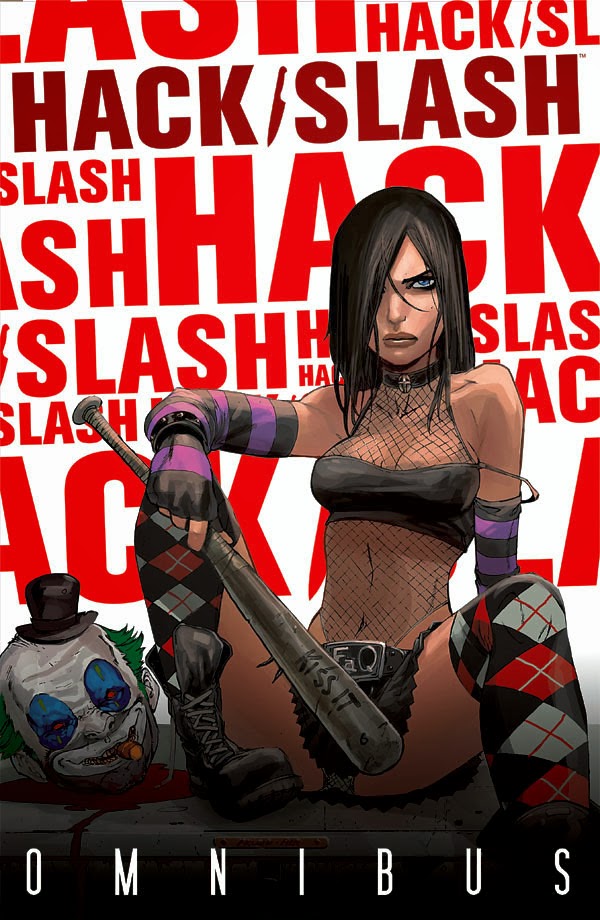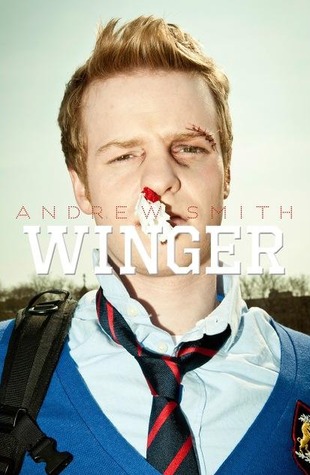Hack/Slash, Omnibus 1-5 by Tim Seely, 1500 pages.
Hack/Slash is every slasher movie loving teen's wet
dream. Imagine a combination of Friday 13th, Halloween, Nightmare on Elm Street, and Child’s
Play (Chucky franchise), throw in a scantily clad Goth girl with a penchant
for violence, copious amounts of blood, and you have the Hack/Slash series.
Hack/Slash follows Cassie Hack, and her disfigured sidekick
Vlad, as they travel the world (and other worlds) tracking down twisted serial
killers (known as Slashers), and dispatching them in the most gruesome ways
possible. In Cassie’s world, people that
die full of hatred and malice return from the dead as “Slashers”. These recently resurrected creatures have a
simple agenda – to kill, maim, and spill as much blood as possible. And it’s Cassie and Vlad’s goal to put them
out of action. But don’t’ worry horror
fans, there’s plenty of blood and entrails, and a healthy dose of terrified
teenage girls in lingerie to revel in before said Slashers are put six feet
deep.
The series contains nods aplenty to the
horror genre, with guest appearances by Jason Voorhees, Chucky, and Dr. West
(from the Re-Animator movie), to make
any horror fan happy. H.P. Lovecraft and Chuthulu are also a big influence. It also stays true to the tried and tested
tropes of the horror genre- blood, guts, monsters galore, and sexy ladies
making questionable decisions (Nope, you shouldn’t go check out what that noise
in the basement was, especially dressed in that see-through baby-doll
negligee).
As the series goes on, Cassie and Vlad venture further
afield in their search for Slashers.
They visit other dimensions, travel to the future, and make trips to
other comic worlds. The series is
crossover heaven, with Cassie killing Slashers alongside Ash from the Evil Dead series, killing monsters in
the world of Archie (this issue is
even done in the same art style as the Archie
comics), and even hunting down a demonic Tinman, Scarecrow, and Cowardly Lion.
There are some deeper, more cerebral storylines to accompany
the gore. Cassie struggles with
depression and her sexuality throughout the series. Her disfigured partner, Vlad, helps the writers
explore society’s acceptance (or lack thereof) of those who may be different than the norm, but
mainly it’s just bad-guys, blood, and buxom ladies.
The Hack/Slash series can be a bit heavy on the gore, and might
show a little too much skin for some readers (to be fair, this element draws
from its inspiration – slasher movies), but for horror fans - these books
deliver. I’m not ashamed to say that the
teenage boy in me grinned like a baboon from the first page, to the very last.




















